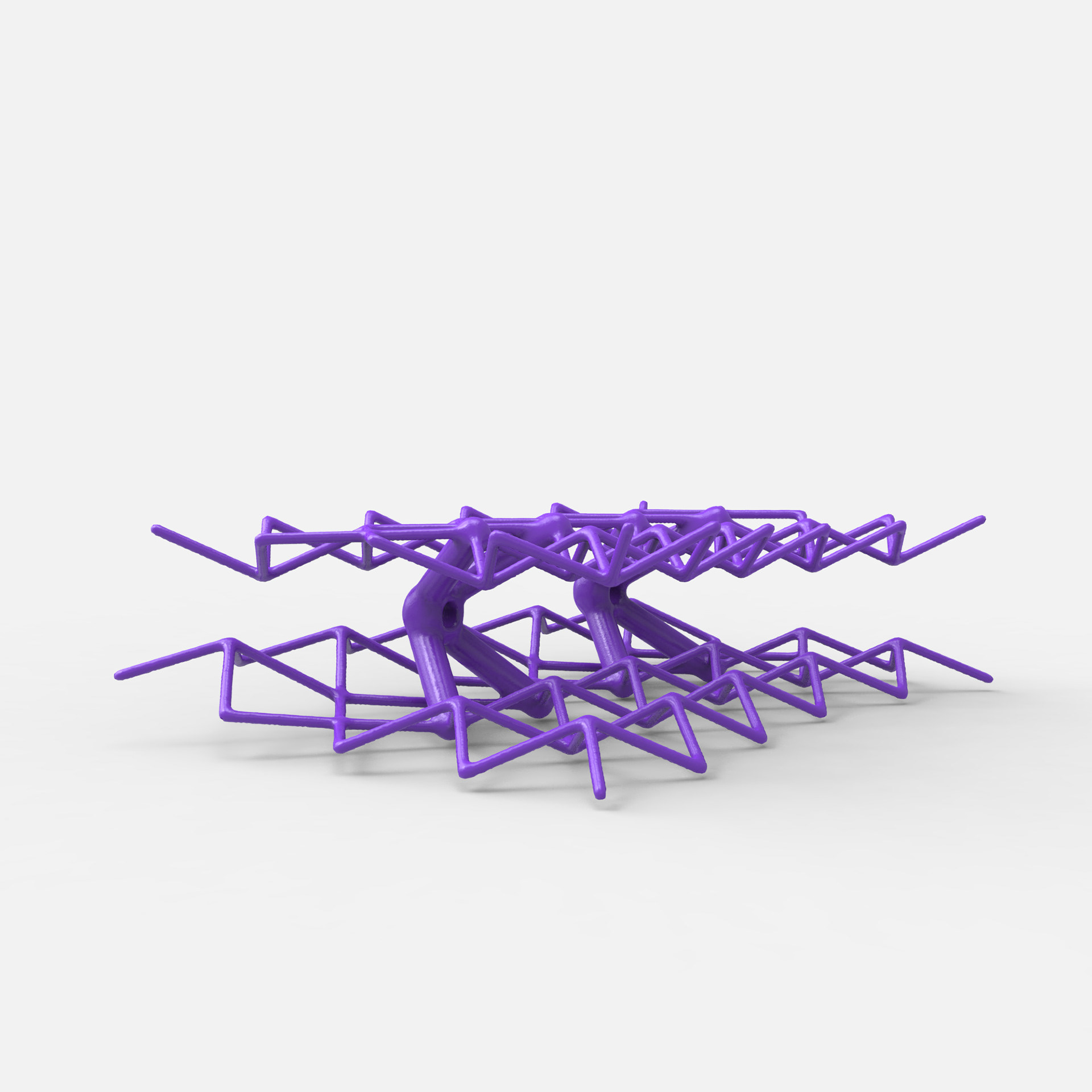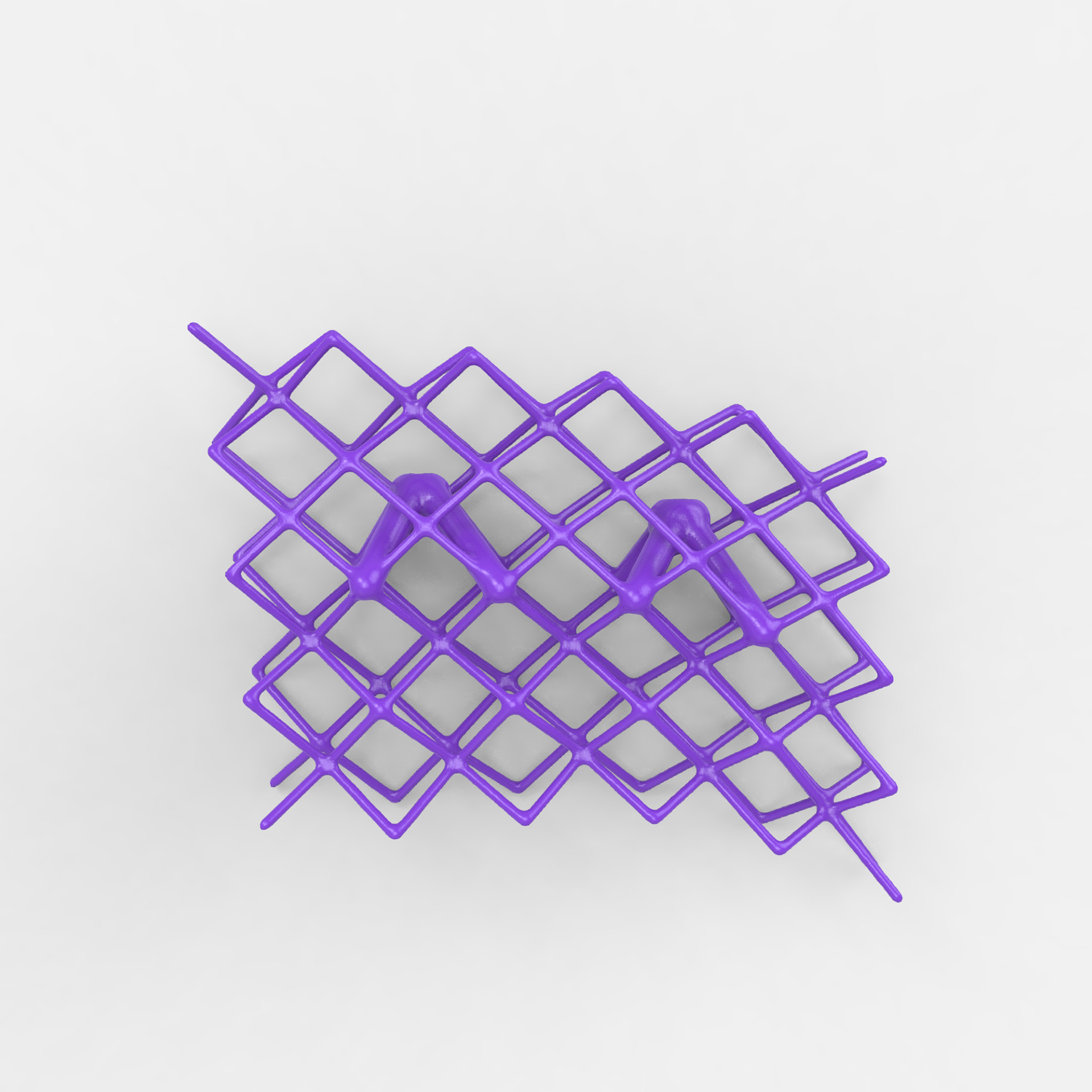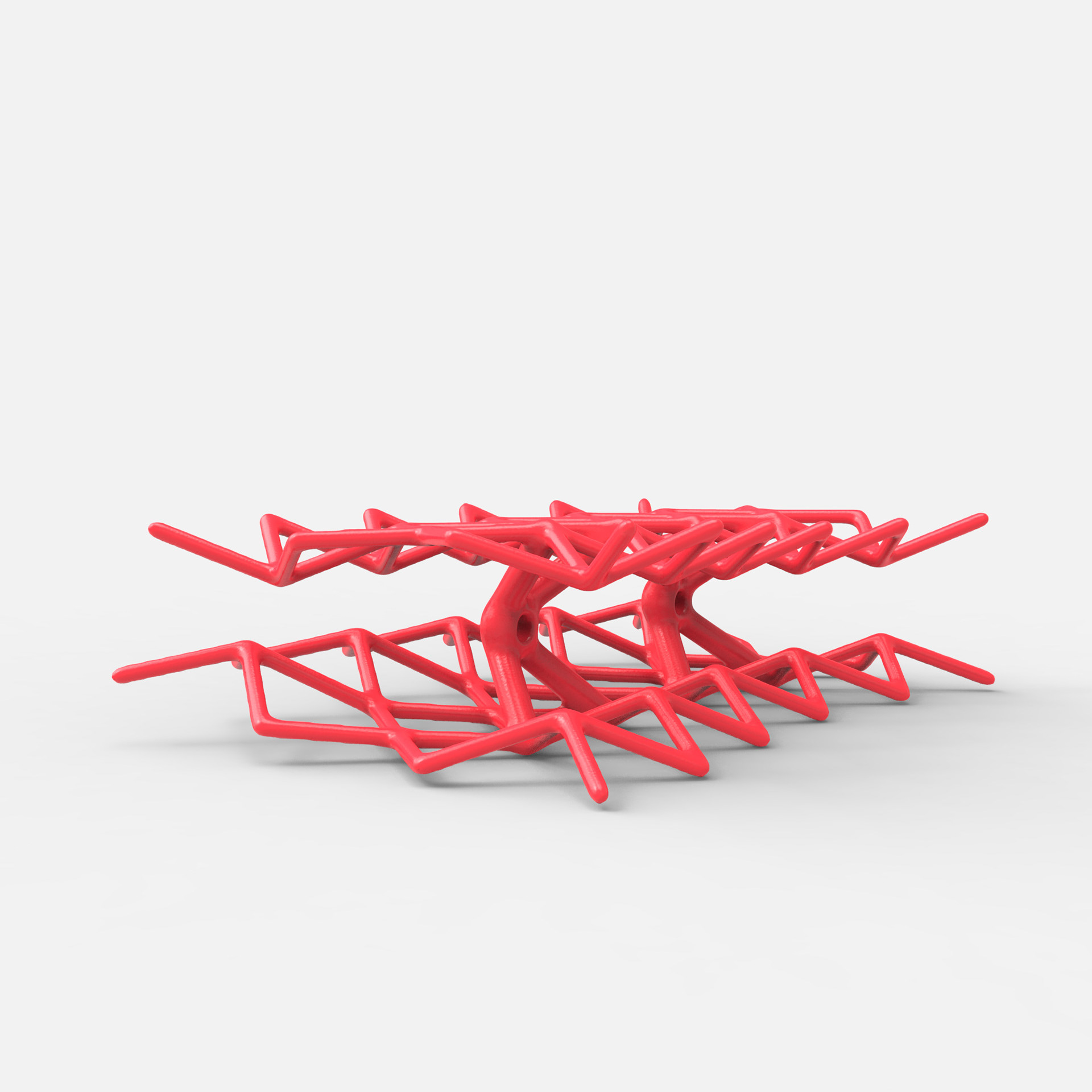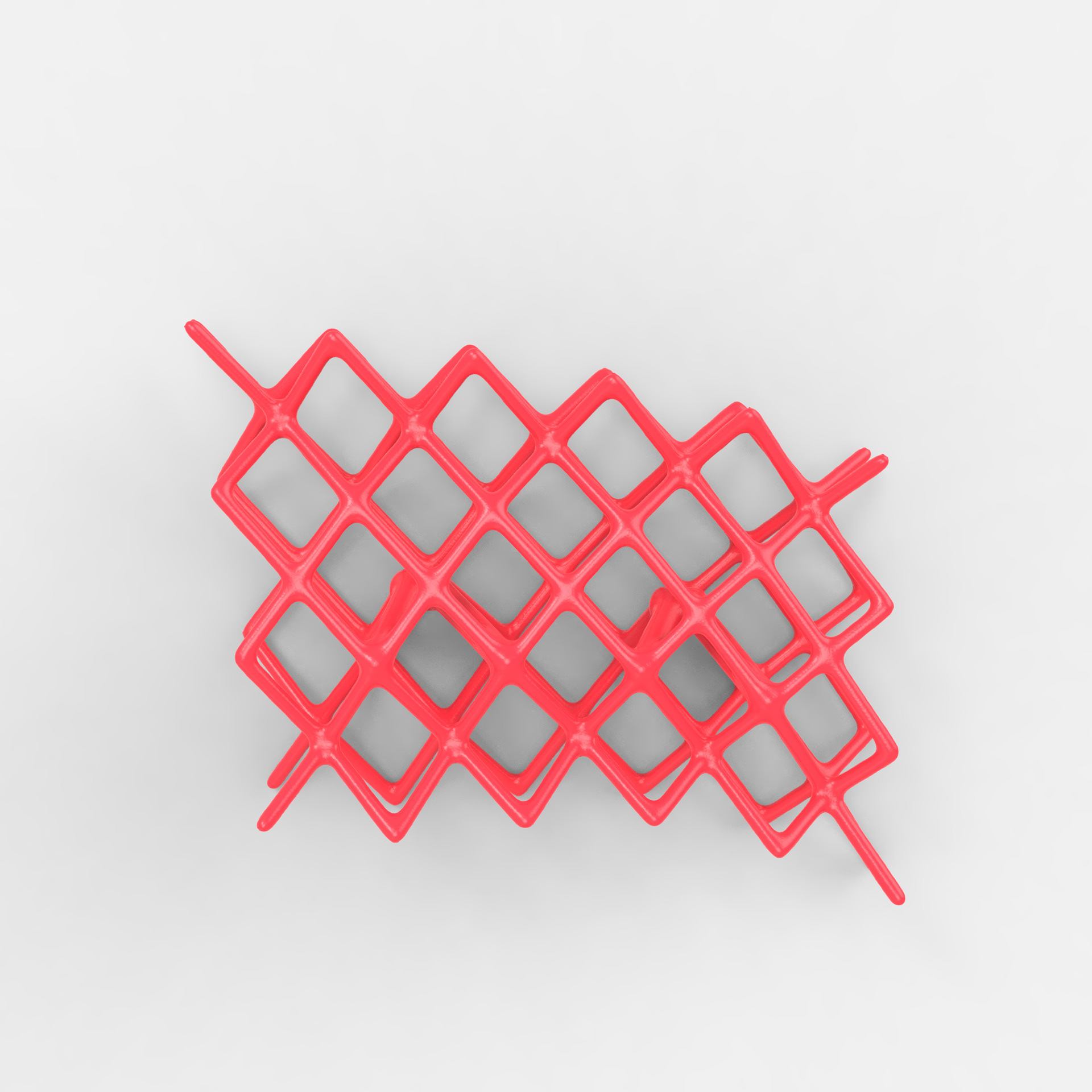| Utilize digital technology to design a mid-sole cushioning which tightens
| the shoe laces as it is compressed. More comfort, less injuries.
PARAMETRIC SETUp
The first step in creating this shoe element was to setup a flexible parametric system which allows to change geometry with a few simple parameters. This later allow for the system to be optimized by modifying these parameters.




SIMULATION
In order to ensure the viability of the Tension system, it's hardness must match that of the midsole around it. The tension applied to the laces must also be in an adequate zone. An ideal geometry was obtained by optimizing the parameters of the parametric system.
ghAnsys
Firstly, the parametric model needed to be connected to mechanical FEA software. Ansys was chosen as simulation software as it is better adapted to mechanical problems than other FEA tools currently in the Grasshopper ecosystem. Ansys was linked to Grasshopper through a set of purposely programmed components. I have made these available on Github.
MATERIAL TESTING
To correctly setup the simulation model, some experimental data was needed. Namely, comfortable tension levels for laces needed to be determined. A stress/strain curve was also needed in order to characterize how much resistance the laces would provide to plastic part.
In the absence of a proper materials laboratory, a bucket of water and a set of calipers allowed to plot out a rudimentary stress/strain curve.
OPTIMIZATION
To match the softness of the Tension system to the rest of a regular EVA midsole, a simulated annealing algorithm was used to determine the optimal parameters used to describe the system. The algorithm works in the following way:
1. Change the parameters that describe the geometry of the Tension system.
2. Run simulations for 5 different loads from 40 to 200kg (80 to 400lb).
3. Compare the difference in compression from the simulations to a theoretical curve for EVA foam which would be used in the rest of the shoe.
4. Repeat steps 1 to 3 while trying to find parameters that would minimize the difference in foot feel.
1. Change the parameters that describe the geometry of the Tension system.
2. Run simulations for 5 different loads from 40 to 200kg (80 to 400lb).
3. Compare the difference in compression from the simulations to a theoretical curve for EVA foam which would be used in the rest of the shoe.
4. Repeat steps 1 to 3 while trying to find parameters that would minimize the difference in foot feel.
Comparison of stress/strain characteristics for a single version of the part. Parameters are optimized between each version of the part in order to minimize the distance between the simulation and the EVA foam values.